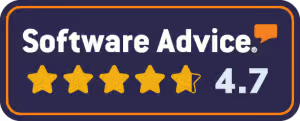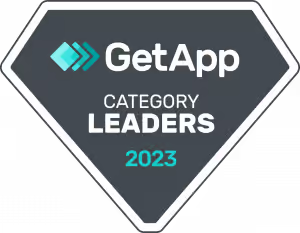7 Ways Ad Servers Use First-Party Data for Precise Targeting
Ad servers use first-party data to enhance advertising precision and personalization, offering refined audience segmentation, customized ad content, tailored messaging and offers, precise ad placements, dynamic ad targeting, improved ad frequency and timing, as well as retargeting and sequential messaging. This strategic use of first-party data revolutionizes advertising experiences, enabling advertisers to create hyper-personalized content tailored to specific audience segments, ultimately driving higher engagement and conversions.
10 Ways to Build a Quality Audience
It’s tempting to go after clicks and high rankings, but in truth, focusing on building a quality audience is just as important – if not more. We’re not saying to abandon SEO or anything. However, if you make the effort to create brand loyalists, you’ll likely get more clicks and boost your rankings naturally. Read […]
Search Engines are Using your Content to Train AI – Here’s How You Can Benefit

Search engines scrape web content to train their AI models, and while publishers may feel uneasy about it, there are benefits to be gained. Allowing search engines to use your content for training can lead to more refined algorithms, boosting online visibility and search performance. It enhances user experience, expands reach to mobile and voice search, optimizes long-tail keywords, increases chances of appearing in featured snippets, and can lead to higher revenue. Blocking search engines from using your content for training may result in lost business and hinder your ability to stay competitive.
Here’s How to Keep Google from Using your Content for AI Training

Google has introduced a new option for publishers to block the web crawler used to train its AI system called Chat. This allows publishers to prevent Google from using their content for training purposes, while still allowing their web content to be crawled and indexed. However, blocking the training crawler may have potential consequences, such as lower search visibility, impaired rankings, and diminished user experience. Despite the potential disadvantages, publishers need to strike a balance between privacy concerns and the benefits of AI-driven technologies in order to provide consistent value to their audience.
Harness the Power of Your Audience with Events and Expos

Events and expos are a powerful tool for engaging with your audience, according to industry professionals. They provide networking opportunities, insights into industry trends, and increase brand visibility. Hosting successful events requires careful planning and ensuring value for sponsors and attendees. Even if you can’t host events, attending industry events can still provide valuable networking opportunities. Publishers can also capitalize on events by building their email databases and monetizing them through newsletters. However, it’s important to evolve event strategies to fit the needs of the market and engage readers effectively.
Three Reasons E-Newsletter Advertising Is So Successful

E-newsletter advertising is successful for three key reasons: trust, measurable data, and one-on-one connections with readers. Brands recognize that advertising within an e-newsletter allows them to link their brand values to the publisher’s trusted content, building their reputation with readers. The data from e-newsletters is easily measurable and digestible, making it an effective marketing vehicle. Additionally, e-newsletters provide a more personal and less crowded space for advertisers to get noticed compared to social media platforms. These factors contribute to the success of e-newsletter advertising in generating revenue.
3 Rules for Building Successful “Best Of” Contests

Building successful “Best Of” contests requires following three key rules. Firstly, establish clear criteria and guidelines for participants to ensure fairness and consistency. Secondly, assemble a panel of expert judges who can evaluate submissions objectively. Finally, actively promote the contest to generate engagement and publicity, using social media, email newsletters, websites, and publications. These contests help publishers engage with the community, increase readership, and build lasting relationships, while winners gain recognition and prestige. By maintaining fairness, transparency, and active promotion, publishers can create successful “Best Of” contests that benefit both their businesses and participants.







